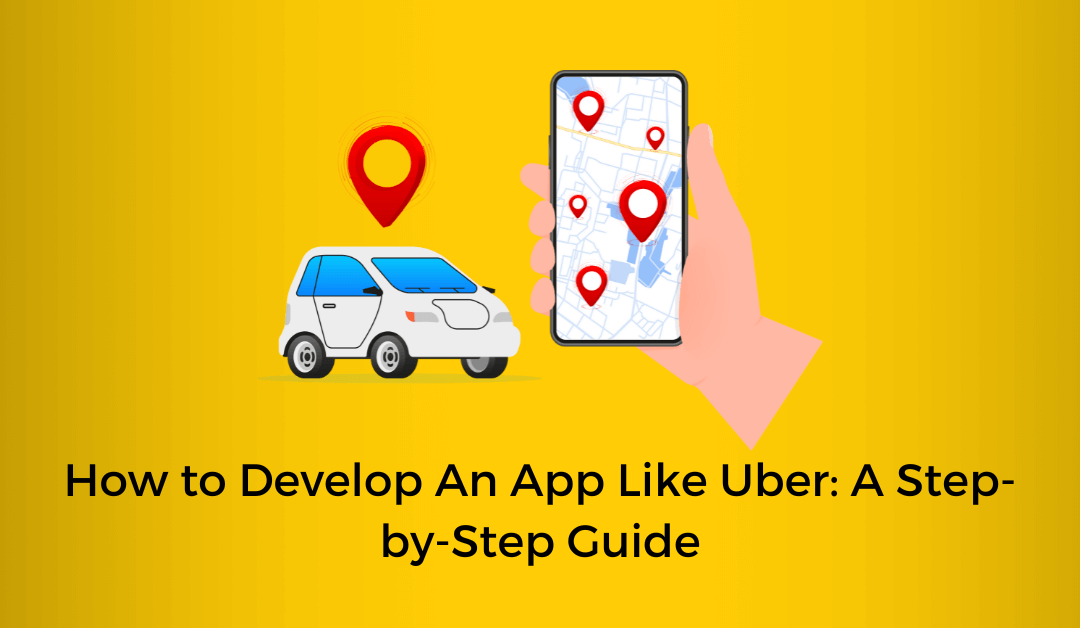Research and understand the Uber Business Model
Before you begin developing your own app similar to Uber, it’s important to research and understand the existing business model. This means familiarizing yourself with the core components used in Uber’s process, such as user authentication, GPS tracking of drivers and vehicles, payment processing systems, and the business logic associated with each action. Knowing these nuances will give you a better understanding of how the app works and where you should focus your development efforts.
Outline Your App’s Features and Create its Flowchart
Once you have a good grasp of the business model, you should start outlining the features that your app needs in order to function similarly to Uber. Each feature should have its own “flowchart” which illustrates how it works from beginning to end. For example, if your app provides driver and vehicle tracking, you’ll want to map out how users can input their details, the steps taken by the app to find them a driver or vehicle, and what type of notifications they will receive throughout the process. This information will help you create an app with intuitive usability and a smooth user experience.
Define the Structure of your Backend Platform
Once you’ve finished mapping out the features and flows of your app, you can start defining the structure of your backend platform. This is where all the data behind your app will be stored, such as customer information, payment details, driver locations, routes are taken, etc. Before committing to any particular architecture for your platform, make sure that it allows for the scalability and flexibility needed to grow and evolve with your app concept. Consider using a modern cloud-based service that can handle all of your analytics and data management needs.
Design the App and Identify your user Interface (UI)
With an underlying architecture and the feature set of your app identified, you can move on to designing the look, feel, and functionality of your user interface. You’ll need to decide how users will interact with your app (e.g. select locations, add cars, pay fares) as well as establish a layout and style that reflects your brand and appeals to users. Investing in design is important so make sure you find the right designer who understands what you are trying to achieve with the app.
Establish Testing processes for Bug Detection and Performance Enhancements
Once your app design is completed, the next step will be to test the codebase and your user flows. This testing can help you identify bugs and errors, as well as points that could potentially increase performance. A few suggested tests include unit testing at the component level and integration testing at the system level. Additionally, you should consider stress tests to ensure the app’s robustness when its usage is increasing or decreasing. This can point out potential issues that could arise if multiple users try to use it in different ways simultaneously.
Conclusion
Developing an app like Uber requires careful planning and execution. It is essential to conduct thorough market research, identify the target audience, and create a user-friendly interface with essential features such as GPS, payment integration, and a rating system. Collaboration with a reliable team of developers, designers, and testers is critical to ensure the app’s smooth operation. Finally, ongoing updates and maintenance are necessary to keep the app up-to-date and user-friendly. By following these steps, creating an app like Uber can be a rewarding and profitable venture.
Take advantage of our innovative Mobile App Design & Development services from Deuglo! Our team has expertise in creating cutting-edge apps for iOS, Android, and Web platforms designed to improve user experience and engagement.
Deuglo specializes in helping customers create unique mobile applications tailored to their needs. Let us assist you in developing and launching your dream project today!
Table of Contents
Brief about the article
Research and Understand
Outline Your App’s Features
Define the Structure
Design the App
Establish Testing Processes
Conclusion

